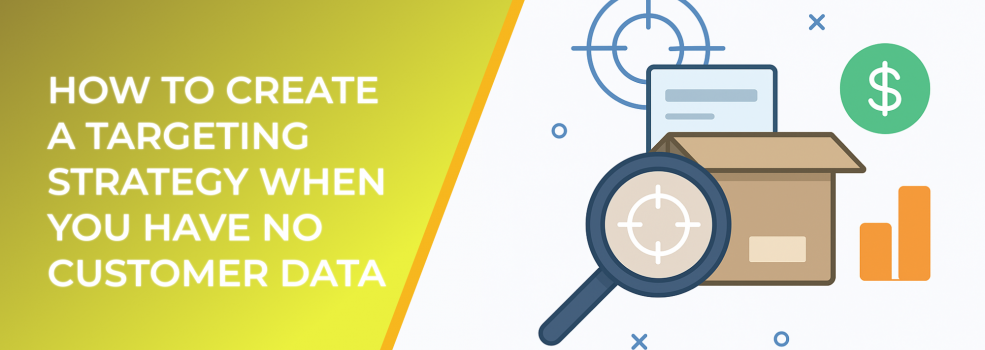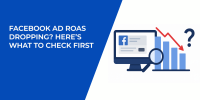Launching Facebook ads without customer data can feel like shooting in the dark. But here’s the reality — even if you don’t have first-party data, you can still build a highly effective targeting strategy. The key is to combine smart audience research with Facebook ad targeting tools that allow you to test and refine your campaigns.
Why Lack of Data Isn’t the End of the Road
Many businesses assume they need an email list or pixel data before running ads. While those help, Facebook’s platform gives you multiple ways to reach the right people even when you’re starting from zero. According to Meta, advertisers who use interest-based targeting and layered audience filters often see up to 25% higher engagement in early campaigns compared to broad, unstructured targeting.
Step 1: Define Your Ideal Customer Profile
Start by creating a hypothetical customer profile. Think in terms of demographics, interests, and online behavior. Ask yourself:
-
What age range does my product appeal to?
-
What locations should I target?
-
Which hobbies, industries, or brands align with my offer?
For example, a fitness brand might focus on people aged 25–40, living in urban areas, with interests in wellness, sports, and nutrition. This doesn’t replace real data, but it sets a strong foundation for your first ad set.
Step 2: Use Facebook Ad Targeting Keywords
Infographic overview of Facebook’s targeting options—from demographics and interests to lookalike and Advantage+ audiences
Facebook ads allow you to target users by specific interests, behaviors, and demographics. Use keywords that reflect your audience’s passions or needs. Based on best practices, some effective Facebook ad targeting keywords include:
-
"social media marketing"
-
"online advertising"
-
"digital strategy"
-
"brand awareness"
Layer these keywords with demographic filters (like age or gender) to make your audience more precise. Remember — the narrower your audience, the more relevant your ads become.
Step 3: Leverage Competitor and Lookalike Audiences
Even without your own customer data, you can tap into competitors’ audiences. Target people who follow certain Facebook pages, brands, or groups that overlap with your niche. For example, if you run a meal-prep service, target users interested in popular diet or fitness pages.
Once you’ve gathered engagement data from these audiences, you can create lookalike audiences. Lookalikes allow you to expand reach to new users who share traits with those who interacted with your ads.
Step 4: Test, Measure, and Refine
Facebook ads typical performance benchmarks — CTR, CPC, and conversion rate — to help guide early testing when you lack first-party data
Your first campaigns will generate the data you currently lack. Track results across click-through rate (CTR), conversion rate, and cost per result. According to Meta, advertisers who continuously A/B test targeting parameters can cut acquisition costs by 30% within the first three months.
The goal isn’t perfection on day one — it’s building your own dataset that makes future campaigns smarter.
Recommended Reading
If you found this useful, explore more on the LeadEnforce blog:

